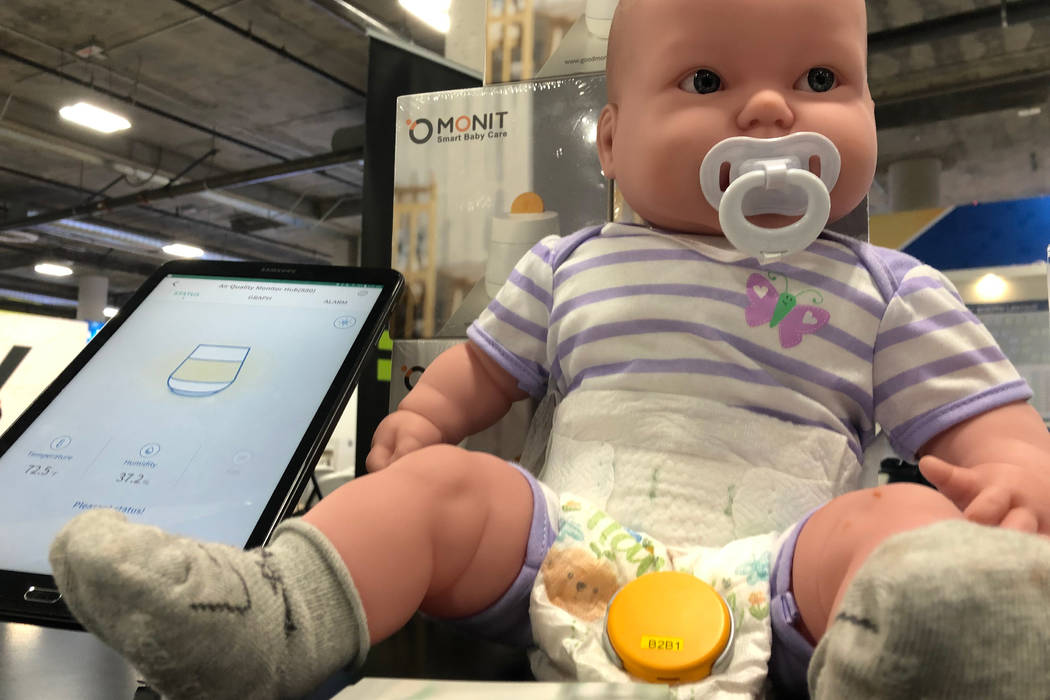



The use of wearable devices, however, extends beyond human-centred health and well-being as their applications have also proliferated in animal health monitoring for the pet and animal husbandry markets 19. Wearable biochemical and biophysical sensors have been used to detect and manage diseases 1, 12, 13, 14, 15 and for wellness applications 16, 17, 18. Most of these examples are laboratory prototypes, but there are some commercial exceptions (including the FreeStyle Libre glucose monitoring system and the Gx Sweat Patch) 1. A key characteristic of second-generation wearables is the use of biofluids, whereby biorecognition elements are used to convert the presence of a specific analyte into a detectable signal. These second-generation wearables encompass form factors such as on-skin patches, tattoos, tooth-mounted films, contact lenses and textiles, as well as more invasive microneedles and injectable devices 9, 10, 11. With the wide adoption and success of first-generation wearables, the focus has been slowly shifting towards non-invasive or minimally invasive biochemical and multimodal monitoring, which is the next step in realizing truly individualized health care 6, 7, 8. First-generation wearables, in the form of watches, shoes or headsets, have mainly focused on biophysical monitoring by tracking the physical activity, heart rate or body temperature of an individual 1, 4, 5. Hence, the divide between consumer and medical wearable devices is increasingly blurred. Modern wearables can perform high-quality measurements comparable to those of regulated medical instruments. Panel b (on-tooth sensor) adapted from ref. b | Building blocks of wearable devices, including the substrate and electrode materials and the components of the sensing, decision-making and power units. In addition, advances in fabrication methods have enabled greater sophistication at increasingly smaller dimensions, enabling sensor platforms to reach scales amenable to integration into personal technologies.

More recently, the considerable reductions in cost have enabled the penetration of modern wearable sensors into many segments of the (consumer) population and geographical regions of the world, unlocking continuous monitoring at a scale never seen before.
#MONIT DIAPER SENSOR DRIVERS#
Advances in telecommunication technologies, materials science, bioengineering, electronics and data analysis, together with the rapidly increasing interest in monitoring health and well-being, have been the primary drivers of innovation in modern wearable sensors 148. Finally, we synthesize current trends in the field to provide predictions for the future trajectory of wearable sensors.Ī | Major commercial and research-stage milestones in the development of wearable devices for health-care monitoring 10, 12, 13, 28, 99, 244, 283, 284, 285, 286, 287, 288. In this Review, we examine the building blocks of such wearable sensors, including the substrate materials, sensing mechanisms, power modules and decision-making units, by reflecting on the recent developments in the materials, engineering and data science of these components. Next-generation wearable sensors that enable the multimodal and/or multiplexed measurement of physical parameters and biochemical markers in real time and continuously could be a transformative technology for diagnostics, allowing for high-resolution and time-resolved historical recording of the health status of an individual. Wearables such as smartwatches have already proved their capability for the early detection and monitoring of the progression and treatment of various diseases, such as COVID-19 and Parkinson disease, through biophysical signals. These sensors can be worn in the form of glasses, jewellery, face masks, wristwatches, fitness bands, tattoo-like devices, bandages or other patches, and textiles. Wearable devices provide an alternative pathway to clinical diagnostics by exploiting various physical, chemical and biological sensors to mine physiological (biophysical and/or biochemical) information in real time (preferably, continuously) and in a non-invasive or minimally invasive manner.


 0 kommentar(er)
0 kommentar(er)
